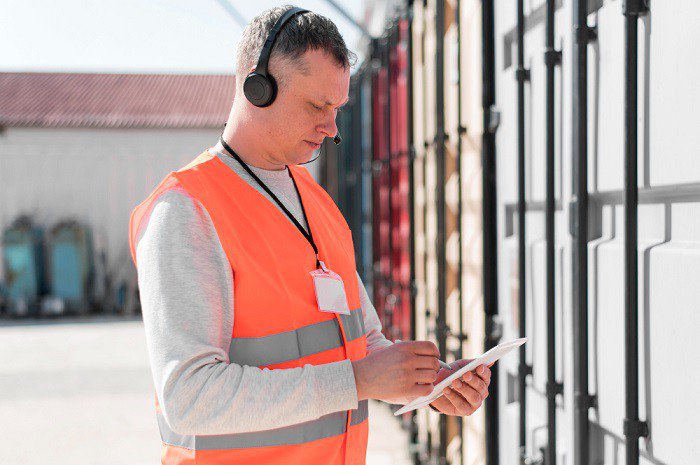
Shipping containers are essential for transferring goods between continents in the modern, globalized world. They support global trade by ensuring that goods are transported safely and effectively from producers to consumers. Although there may be difficulties along the way for a shipping container, one of the biggest dangers is cargo damage from an unseaworthy container.
Before loading their cargo, shippers, exporters, and importers must follow a thorough checklist and understand the concept of seaworthiness to prevent financial losses, delays, and potential legal issues.
Understanding Seaworthiness in Maritime Operations
For a ship, or, in this case, a shipping container, to withstand the rigors of a sea voyage without endangering the safety of the cargo, the ship, or the crew, it must be in a condition known as seaworthiness. The integrity of the cargo and the overall journey are at risk when a container does not adhere to the standards necessary for safe transportation.
The Checklist: Ensuring Container Seaworthiness
Container Inspection
An inspection should be done thoroughly before accepting a shipping container. Examine the vehicle for any signs of damage, such as dents, cracks, rust, or holes. Make sure the doors, locking systems, and hinges are in good working order by inspecting them.
ISO Certification
Make sure the container is still in compliance with ISO standards. The International Organization for Standardization (ISO) has established a number of international standards, and this certification ensures that the container complies with them.
Weather Resistance
Look inside the container for any water stains or leaks. A weather-tight container must prevent rain or seawater from entering and harming the cargo.
Structural Integrity
Check the container's integrity from a structural standpoint. Verify the flooring to ensure it can support the weight of the cargo and is in good condition. Inspect the twist locks and corner castings to ensure they are secure.
Cleanliness
Your cargo is less likely to become contaminated when the container is clean. Check the interior for any evidence of contaminating materials, such as residue, insects, or other contaminants that could harm the goods.
Previous Cargo Residue
Find out what was previously transported in the container by inquiring. Some cargoes, like those containing hazardous materials, might leave residues that could react with your products.
Proper Labeling and Marking
Verify that the container has the correct markings and labels for the type of cargo it is meant to carry. Labels for fragile items, goods that require specific temperatures, and hazardous materials are all included in this.
Ventilation and Temperature Control
Ensure the container is equipped to meet the requirements if your cargo needs a certain temperature or level of ventilation. Before loading, refrigeration containers need to be thoroughly tested.
Weight Limits
In no case should you go over the container's maximum weight restrictions. Overloading a container can result in structural damage and jeopardize its seaworthiness.
Secure Lashing Points
Search the container for the right lashing points. These considerations are crucial when strapping down cargo to keep it from moving while it is being transported.
Sealing Integrity
Verify that the container's seals are solid and unbroken. A container's interior conditions can be maintained, and proper sealing can prevent unauthorized access.
Customs Compliance
Ensure the container satisfies all applicable regulatory and customs requirements at the departure and arrival ports. Non-compliance could lead to delays and fines.
Insurance Coverage
If you want to be covered for unforeseeable events while in transit, think about getting cargo insurance. Insurance can offer financial relief if your cargo is damaged or lost due to circumstances beyond your control.
Conclusion
All parties involved in the complex world of international shipping should prioritize the safety and integrity of the cargo as their top priority. A seemingly insignificant error in container inspection or compliance with seaworthiness requirements can result in significant monetary losses, delays, and even legal issues. Shippers, exporters, and importers can protect their cargo and guarantee a safe voyage by following a thorough checklist addressing issues like inspection, structural integrity, cleanliness, and regulatory compliance.
Remember that a seaworthy container is essential to ethical and effective international trade and is a legal requirement. Maintaining the quality and value of the cargo as it sails across the high seas can be accomplished by conducting thorough inspections and adhering to best practices.





 Get instant quote
and compare offers in real time
Get instant quote
and compare offers in real time